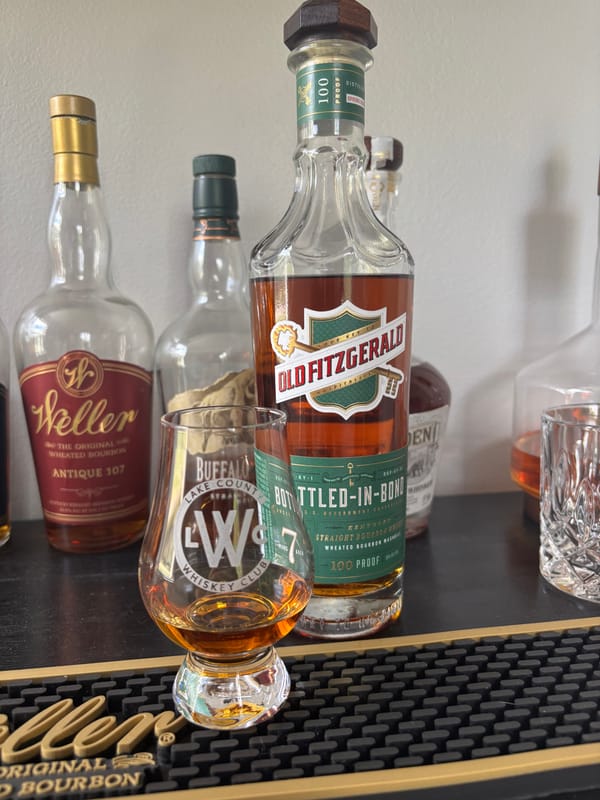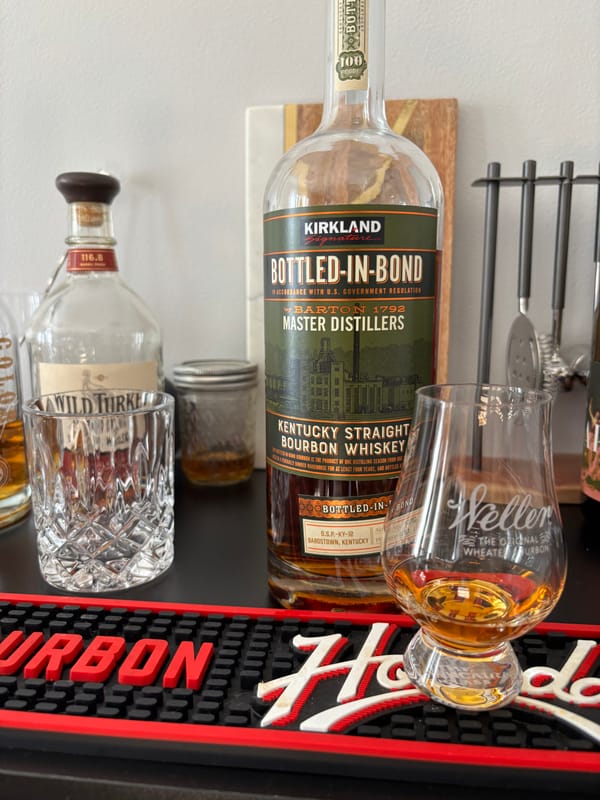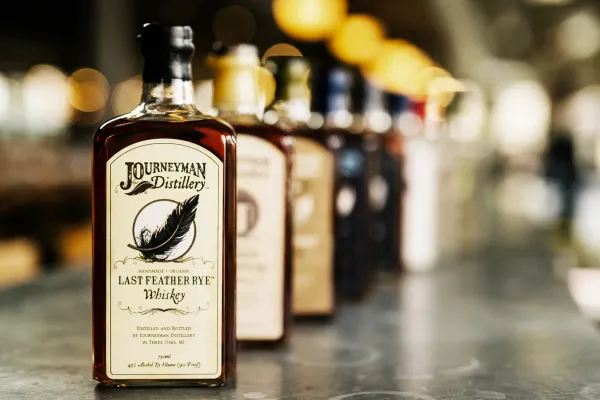Whiskey Still Design Facts: The Shape You’ll Wish You’d Understood Sooner

Still Design Specifications: The Whiskey Forge You Can’t Ignore
The still design for whiskey distillation isn’t just equipment. It’s the forge that shapes the spirit’s purity and character through precise engineering. If you don’t know these specifications, you’re missing the shape that defines every bottle. For whiskey fans eager to grasp production, this is the unshakeable truth about whiskey still design facts, rooted in legal standards and science, and a 2025 must-grasp.
What Are Whiskey Still Design Specifications?
U.S. law requires whiskey (bourbon, rye, etc.) to be distilled to no more than 160 proof, with corn whiskey up to 190 proof. Scotch and Irish whiskey (Scotch Whisky Regulations 2009, Irish Whiskey Act 1980) cap at 190 proof. Stills—pot or column—heat the fermented wash (8-10% ABV) at 200-212°F to separate alcohol. Pot stills, copper and bulbous, produce small, rich batches for Scotch and Irish whiskey. Column stills, tall and continuous, are used for bourbon and rye, ensuring efficiency and consistency for whiskeys bottled at 80 proof minimum after aging (two-plus years).
How Still Design Shapes Whiskey
Pot stills, with copper surfaces, remove sulfur compounds, yielding fruity esters in Scotch single malts, aged three-plus years in Scotland’s climate (40-65°F). Column stills, often stainless steel with copper internals, allow precise cuts, retaining corn’s sweetness for bourbon or rye’s spice, aged in Kentucky’s variable climate (20-100°F). Still shape—e.g., tall necks for lighter spirits, short for heavier—controls reflux, impacting flavor intensity. The distillate, collected at 80-120 proof, carries these traits through oak aging (four to eight years), ensuring legal compliance and distinct profiles.
Why Still Design Matters for Your Sip
A bourbon at 80 proof, from a column still, delivers smooth caramel consistency, while a Scotch at 86 proof, from a pot still, offers rich malty depth, per legal standards. Poor still design muddles flavor purity. Every sip reflects the still’s crafted shape, making your next bottle a precise expression of its forge.
Why Whiskey Still Design Specifications Matter in 2025
Whiskey still design specifications are the spirit’s flavor crucible. By 2025, understanding these standards could make every sip a clear taste of engineered precision, from sweet to complex. It’s the truth in the shape, so don’t miss the forge.
Check out NEAT: Whiskey Finder—it’ll help you track down bourbon and whiskey near you.





